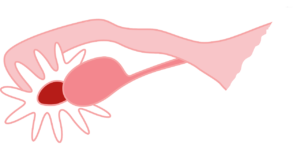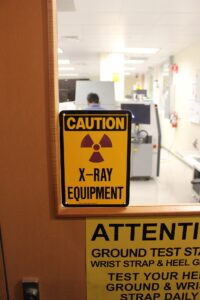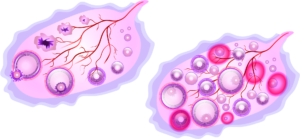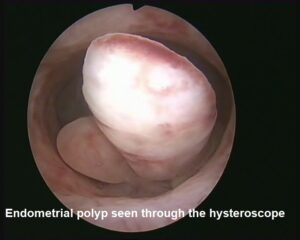 Vulvovaginal candidiasis is an infection of the vagina caused by a yeast-like fungus (usually Candida albicans). It is one of the commonest causes of vaginitis (inflammation of the vagina). An estimated 75 percent of all women will develop a yeast infection during their lifetime. Vaginal candidiasis infections are very common in pregnancy due to the increased levels of circulating oestrogen in the bloodstream.
Vulvovaginal candidiasis is an infection of the vagina caused by a yeast-like fungus (usually Candida albicans). It is one of the commonest causes of vaginitis (inflammation of the vagina). An estimated 75 percent of all women will develop a yeast infection during their lifetime. Vaginal candidiasis infections are very common in pregnancy due to the increased levels of circulating oestrogen in the bloodstream.
CAUSES
The fungus Candida lives in small numbers in a healthy vagina, rectum and mouth without causing problems. When the vagina’s hormone and pH balance is disturbed, the organisms multiply and cause infections.








